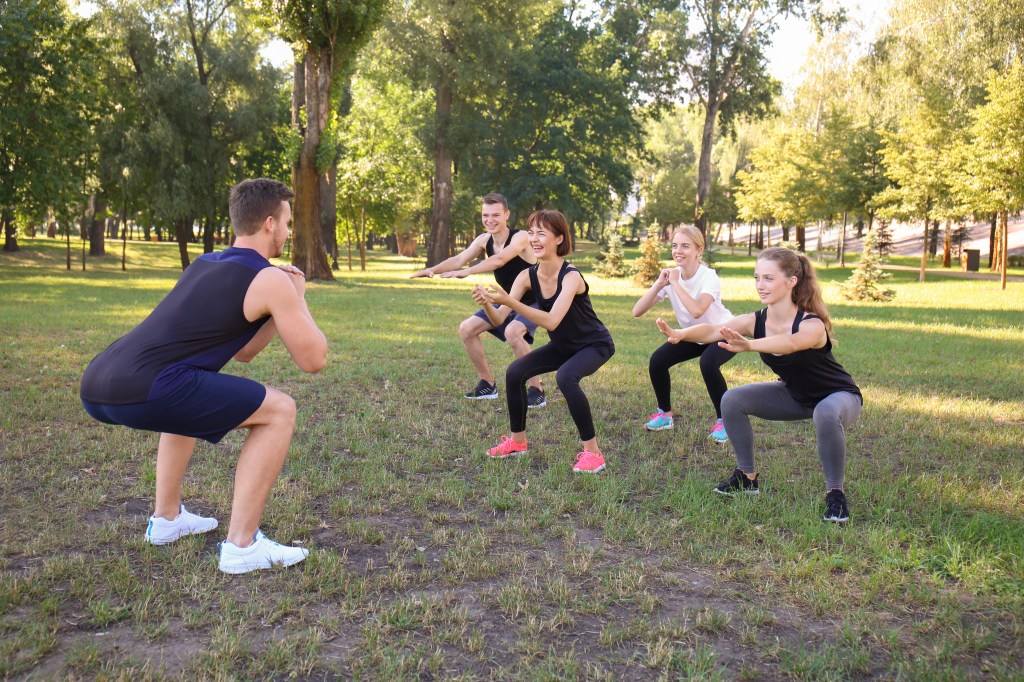Don’t even think about touching that grass.
When Dr. Scott Brotherton was recently asked what is something he would never do as an orthopedic surgeon, he said, “squats past 90 degrees”, also known as deep squats.
Two main types of squats are parallel—when you lower your hips until your thighs are parallel to the ground, usually bending your knees 110 to 120 degrees—and “a-bar,” when you lower your hips even further until your butt it almost touches the ground.

There has been much debate on strength and conditioning forums about which squat is best for developing leg muscles and improving mobility. For Brotherton, a squat type is a clear loser.
“Nothing says patellar cartilage damage like a— in the grass,” the Florida-based doctor said on TikTok.
The patellofemoral joint is where the knee cap (patella) meets the thigh bone (femur) at the front of the knee. When you bend your knees for a deep squat, you can put excessive stress on that joint.
Stress can damage the cartilage that protects the joint, especially if you’re lifting heavy weights or using improper technique.
Knee cartilage injuries are common. Treatment often includes rest, creaming and elevating the knee, wearing a brace, taking anti-inflammatory medications, and/or doing physical therapy.
If the injury is severe, surgery may be needed to stimulate the growth of healthy cartilage.
Don’t let Brotherton’s warning scare you away from squats. They’re a great way to work your gluteus maximus, quadriceps, and hamstrings, improve stability and balance, strengthen your core, burn calories, improve posture, and prevent age-related muscle loss.

Proper form is key. Experts say you should keep your knees in line over your toes, shift your weight back to your heels, roll your pelvis back and squeeze your hamstrings.
Be careful not to arch your back, extend your hips, let your chest drop, or use too much weight to start. Stop if you have knee pain.
#ato #bar #squats #orthopedic #surgeon
Image Source : nypost.com